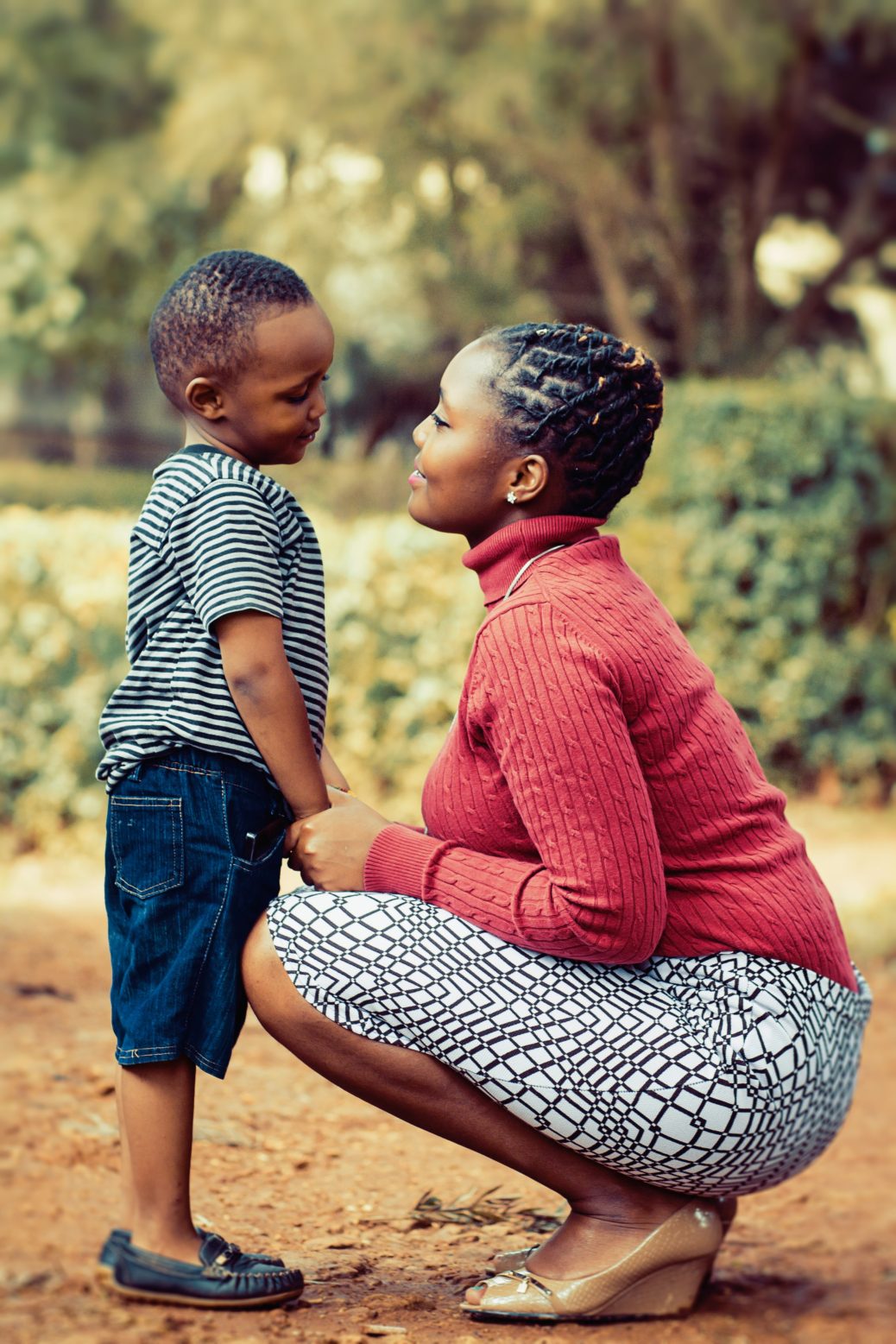Often we think very little about how to improve the parent-child connection. We assume that parenting should be as natural and easy to navigate as breathing. After all, we were raised by adults who parented us throughout our own childhood and adolescence, so why wouldn’t effective and nurturing “parenting” be an automatic skill that is as natural as breathing?
As parents, many of us have identified our own goals that we believe will lead us toward becoming “good” parents. With so many parenting choices before us in addition to so many unexpected parenting challenges and decisions to make, we sometimes lose sight of the primary goal: to first and foremost focus on positively connecting with our children even when it is necessary to set limits and draw boundaries. It is that positive connection that establishes a foundation that supports all other aspects of our parenting goals.
A human being can certainly manage caring for a herd of cattle effectively by focusing on the physical care and nutritional needs of the herd. However, as parents we achieve nothing of lasting value for ourselves or our children without recognizing the primary goal of developing a positive relationship with each one of our children and supporting opportunities to learn boundaries, self-control, and self-regulation as they simultaneously develop a positive self-image, personal self-worth, and safe/respectful boundaries.
Parent-Child Connection and Interactions
The parent-child relationship is the single most influential variable that affects the future of every child. While we are all aware of children who survived painful childhoods and became outstanding/successful adults and parents, many of us are not aware that every child carries both the celebrations and the scars of their own childhood.
Remember, first and foremost, that the parent-child connection is a direct result of the parent-child interaction. Interactions that focus on the goal of building a positive self-image are characterized by boundaries and limits that are set and maintained without threats, rage, exclusion, and/or physical punishment. Boundaries such as these result in much more effective outcomes that lead to growth. Remember: the quality of the parent-child connection builds the foundation that empowers our children to safely navigate the hurdles of growing up.
Our self-image is initially defined by how others respond to us. As young children, self-image develops as the significant adults in our lives act and react to our behavior and help us to define reasonable boundaries of our personal power. Parents who define the challenges presented by their children as being part of this process are on a positive journey that will eventually teach their children how to regulate their own behavior. Parents who believe that their child’s “testing” behavior is an intentional effort to “drive them nuts” will have a very different response that will impact their reaction and the messages they communicate to their child.
Improve the Parent-Child Connection
So what do the most useful parenting advice and the parenting tips look like? Let’s start by reviewing some examples and then please feel free to send your additional thoughts and questions to info@pillarsforsuccess.com.
Identify the Unmet Need that Is Causing the Behavior
Remember that children think differently from adults. In order to respond to your child’s challenging behavior in the most useful manner, first ask yourself, “What need is my child trying to fulfill with the current behavior?”
The Pillars for Success parent training will teach you that there are only three basic needs that any child is trying to fulfill:
Attention
Basic Survival
Control and Power
Once you identify the “need,” the next step is helping the child find positive ways to satisfy that need. As a result, your parenting response to challenging behavior will include setting boundaries, informing the child of the outcome(s) for his actions, and offering him positive ways to identify and satisfy the need.
Speak in Behavioral Terms
Remember to focus on the positive: tell your child what he can do, not what he can’t do. Also make a special effort to notice what he is doing well (no matter how small it may seem to you) and thank him for making such a positive choice.
Clearly define your expectations to your child using behavioral terms. Remember that children are “concrete thinkers” and therefore best understand when you tell them the behavior that you expect.
For example, instead of telling your child you want him to “cooperate,” tell him that when you ask him to do something you would like him to just say “okay” and do what you ask peacefully and without having to be reminded. Also inform him in advance how you will celebrate his cooperation: “And after you are done picking up your toys, why don’t we celebrate with a chocolate chip cookie.”
One Step at a Time
There are many effective techniques that support increased cooperation between parents and children. As they old saying tells us, “Take one step at a time!” As you try these three suggestions, feel free to share the results and send your questions and thoughts to info@pillarsforsuccess.com.
Remember that learning new ways of understanding behavior and responding to your child(ren) takes practice so don’t give up. Keep practicing and soon you will experience more positive results, more effective problem solving and best of all… fewer arguments and more positive interactions.













